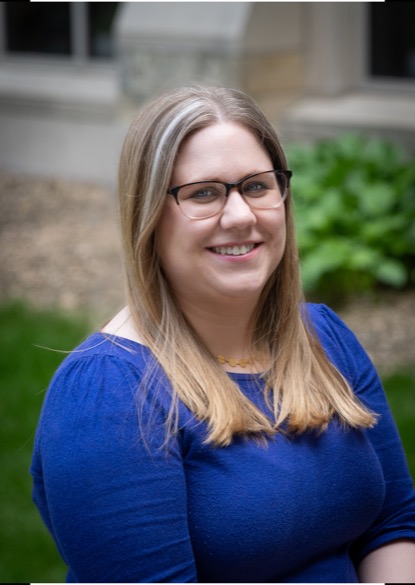Amelia McNamara

Associate Professor, University of St Thomas Department of Computer and Data Sciences
My work is focused on learning what makes it easier to do and to understand statistics, and my research interests include statistics education, statistical computing, data visualization, and spatial statistics.
I love teaching, and running professional development is one of my passions.
Recent notable work of mine includes
Teaching modeling in introductory statistics: A comparison of formula and tidyverse syntaxes, a paper about a head-to-head comparison of the formula and tidyverse syntaxes I ran in my intro statistics labs. It was published in the Journal of Statistics and Data Science Education 32(4), 374–394. In the paper, I make some recommendations for others teaching R, including auditing your code to see how many functions you are teaching, using formula syntax for students who will likely only take one stats course, and using tidyverse for students likely to continue in data science.
Speaking R, a keynote presentation at the 2020 useR! 2020 conference. In this talk, I advocate for speaking code aloud, particularly as a pedagogical strategy. I offer some suggestions about how to vocalize R code. You can watch the talk on YouTube and follow along with the slides.
Key attributes of a modern statistical computing tool, a paper that builds on the work of John Tukey and Rolf Biehler by providing a list of 10 attributes necessary for a modern tool for data analysis and statistics. Attributes are provided as a way to assess existing tools, or to inspire tool creators. Read online at The American Statistician, Vol. 73, Issue 4., or as a pre-print. I’ve also written a blog post that summarizes some of the salient details.
Wrangling categorical data in R, a paper co-authored with Nick Horton. This paper describes some common mistakes data analysts make when working with categorical data (factors) in R. The paper was published jointly in The American Statistician, Vol. 72, Issue 1 and as a pre-print in the Practical Data Science for Stats collection on PeerJ.
Going back a few years, my dissertation was entitled Bridging the Gap Between Tools for Learning and for Doing Statistics.
For a more detailed look at my recent work, see my writings and presentations.
I have research projects in progress about the impact of R syntax on learning and teaching, the Modifiable Areal Unit Problem in spatial statistics, and the ways in which data analysts check their work. I employ several undergraduate research assistants and I am always willing to work with students on research projects.
Teaching
At the University of St Thomas, I regularly teach DASC 120: Introduction to computational statistics, DASC 240: Applied Regression Analysis, and DASC 336: Data Communication and Visualization. Prior to St Thomas, I taught at Smith College. More information on those courses is available on my past courses page.
At both Smith and St Thomas, I have had students author Wikipedia pages as part of my course. I’ve written about some of the frustration with this assignment on my blog, and also have a list of all the successful pages my students have written.
For three years, I was a graduate student researcher on the Mobilize project, which developed a year-long data science curriculum for high school students called Introduction to Data Science. When I last checked, the IDS curriculum has been used in 74 school districts and has had more than 42,000 students take it. The curriculum includes participatory sensing and computational analysis in R and RStudio. My work with Mobilize has been a source of inspiration for my ongoing research into computational tools for novices.
Curriculum vitae
My CV is available here, although like many academics I don’t always do the best job of keeping it up-to-date. If you’re curious about how I TeXed it up, you can view a version of the code on GitHub